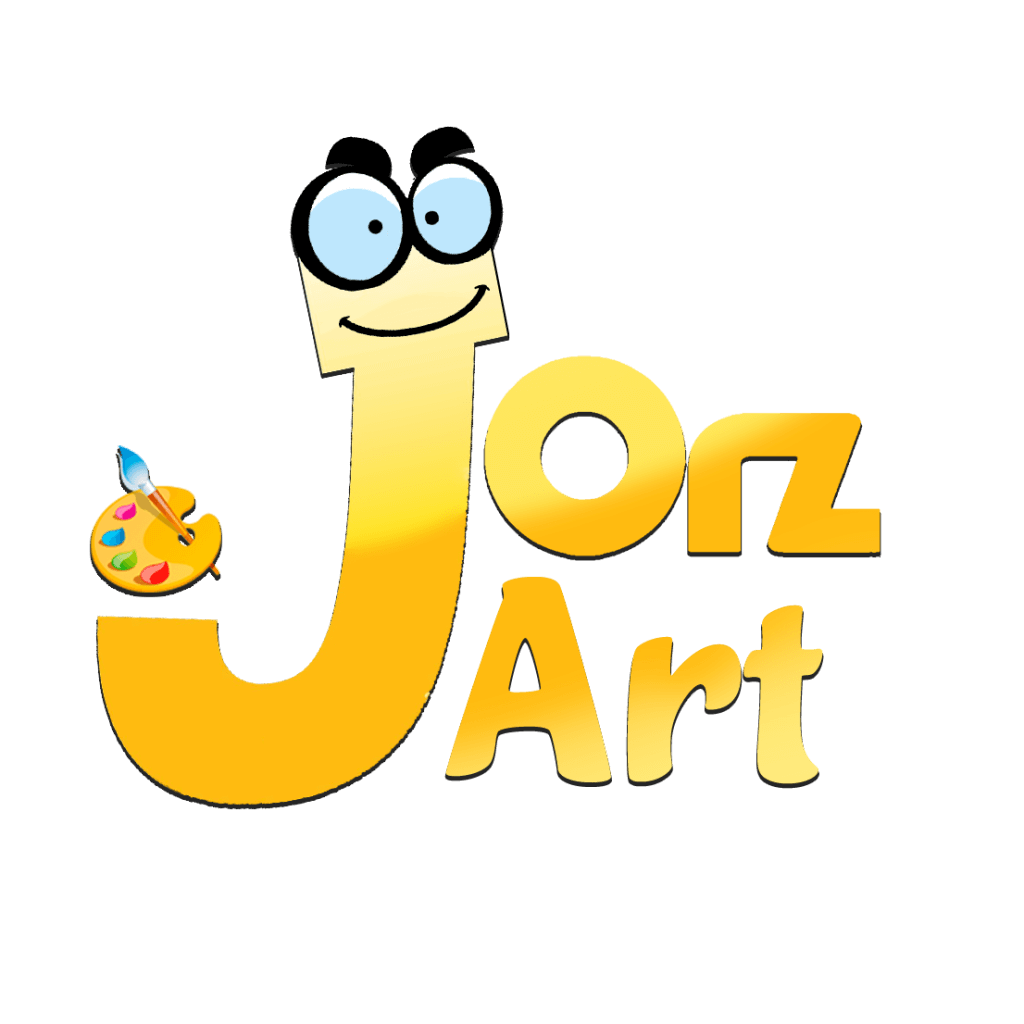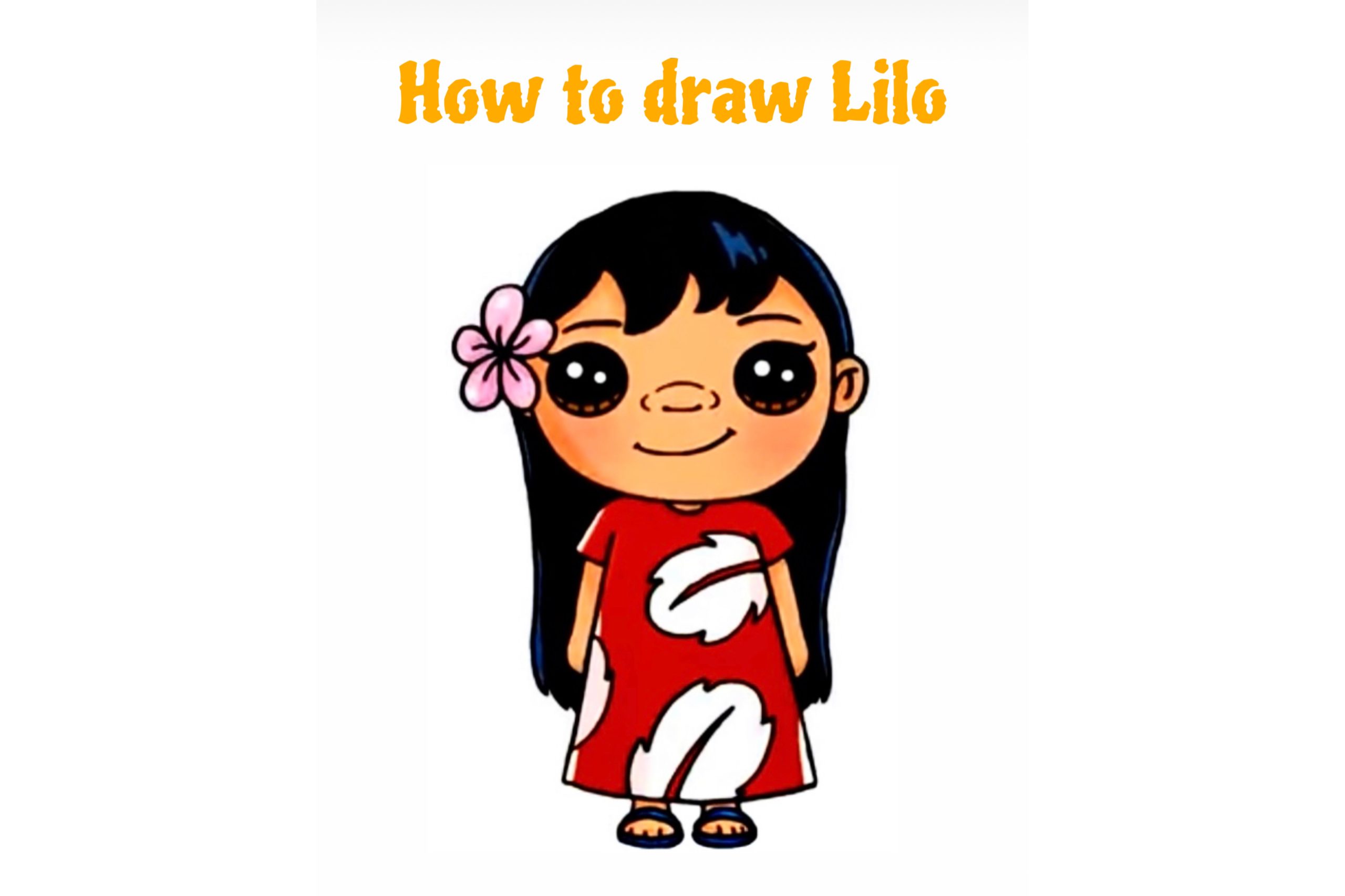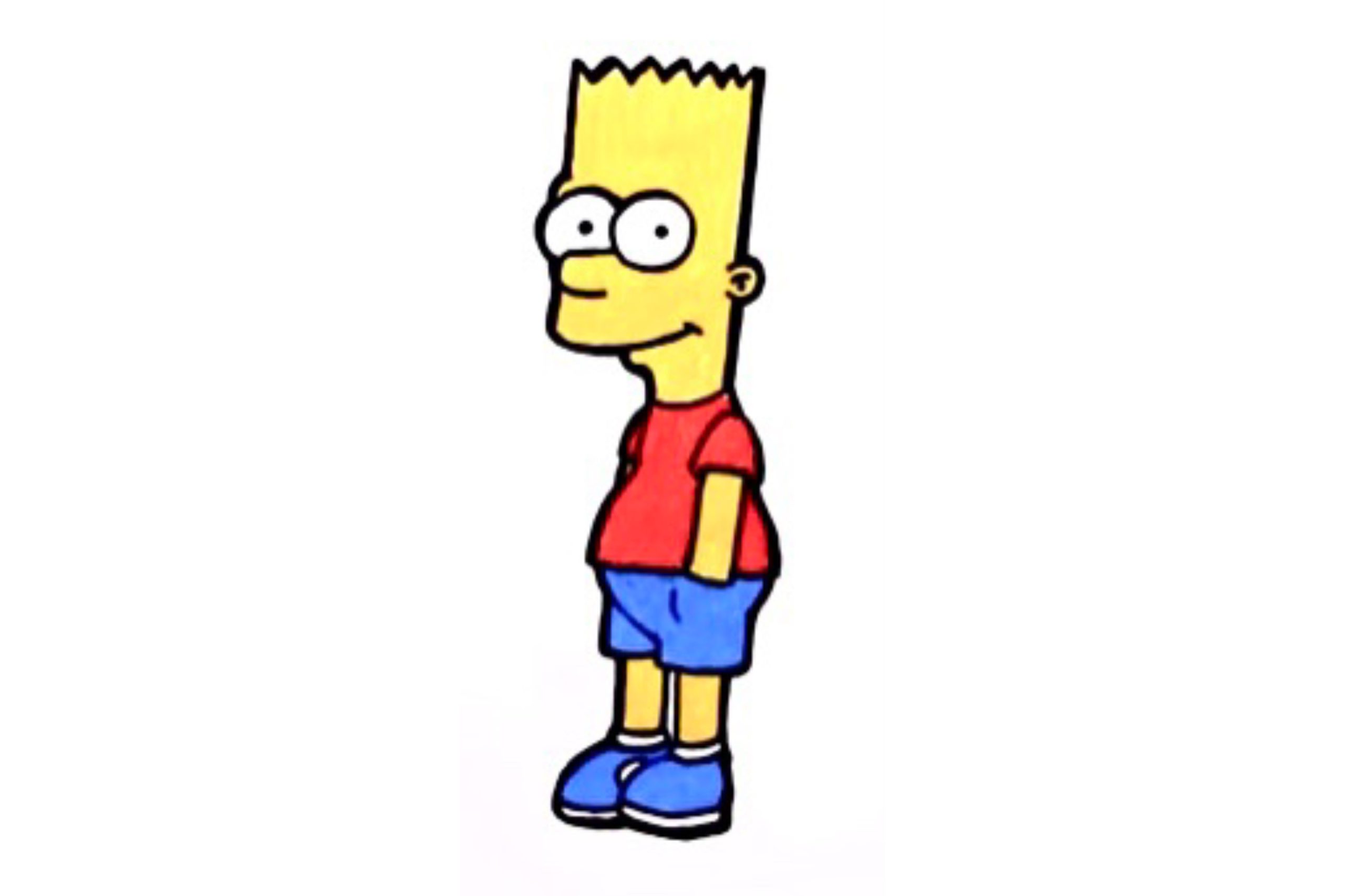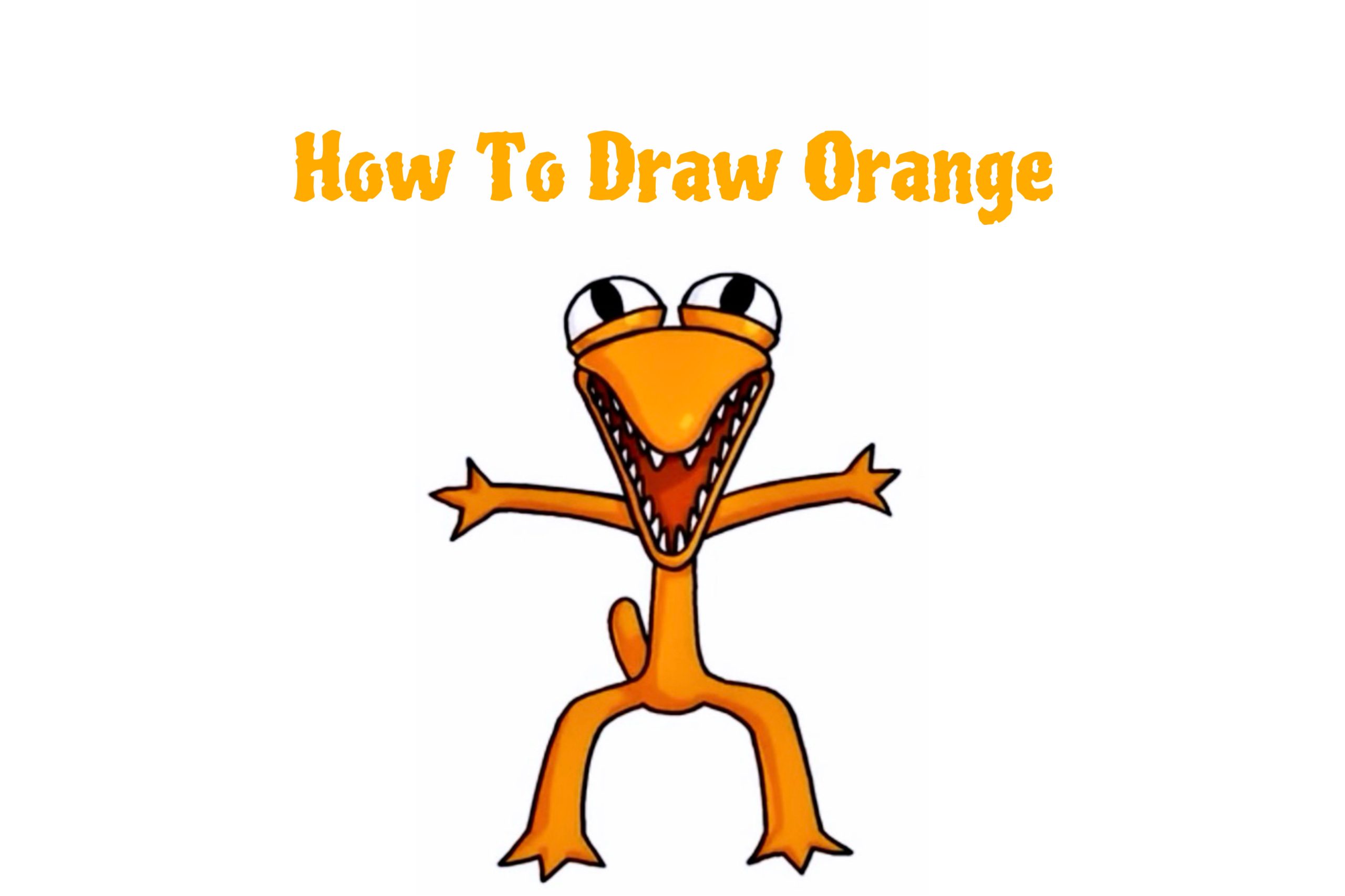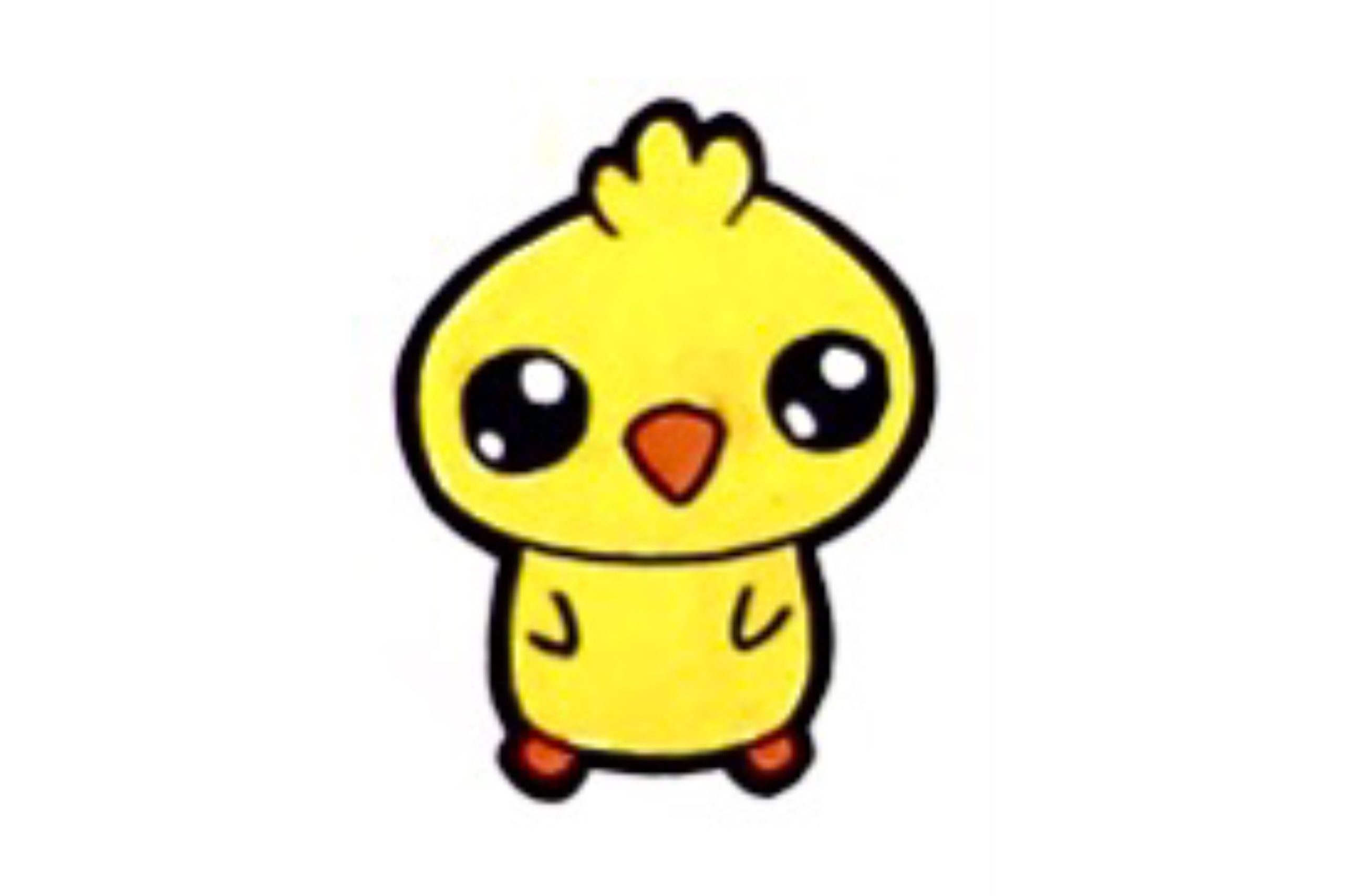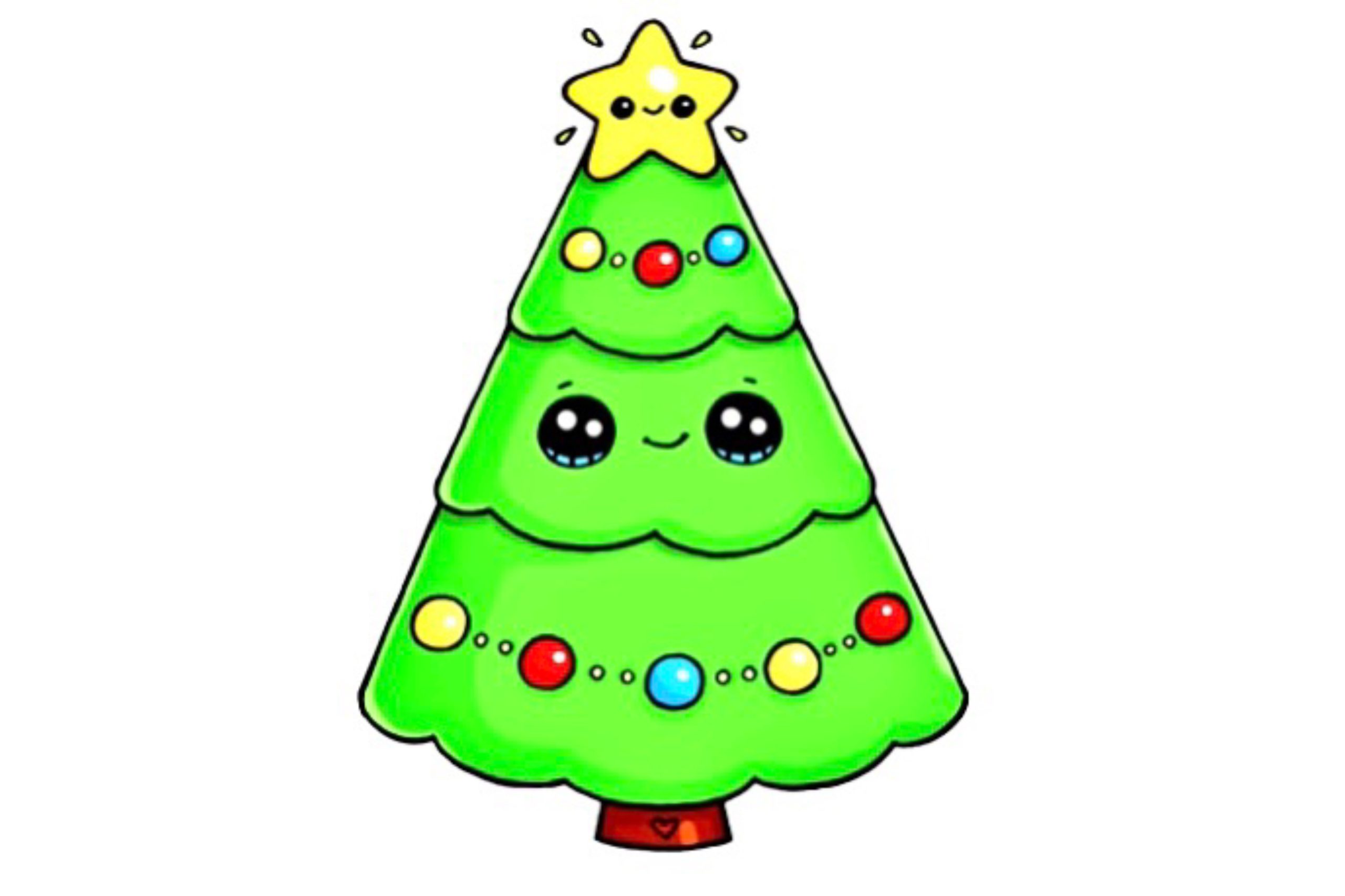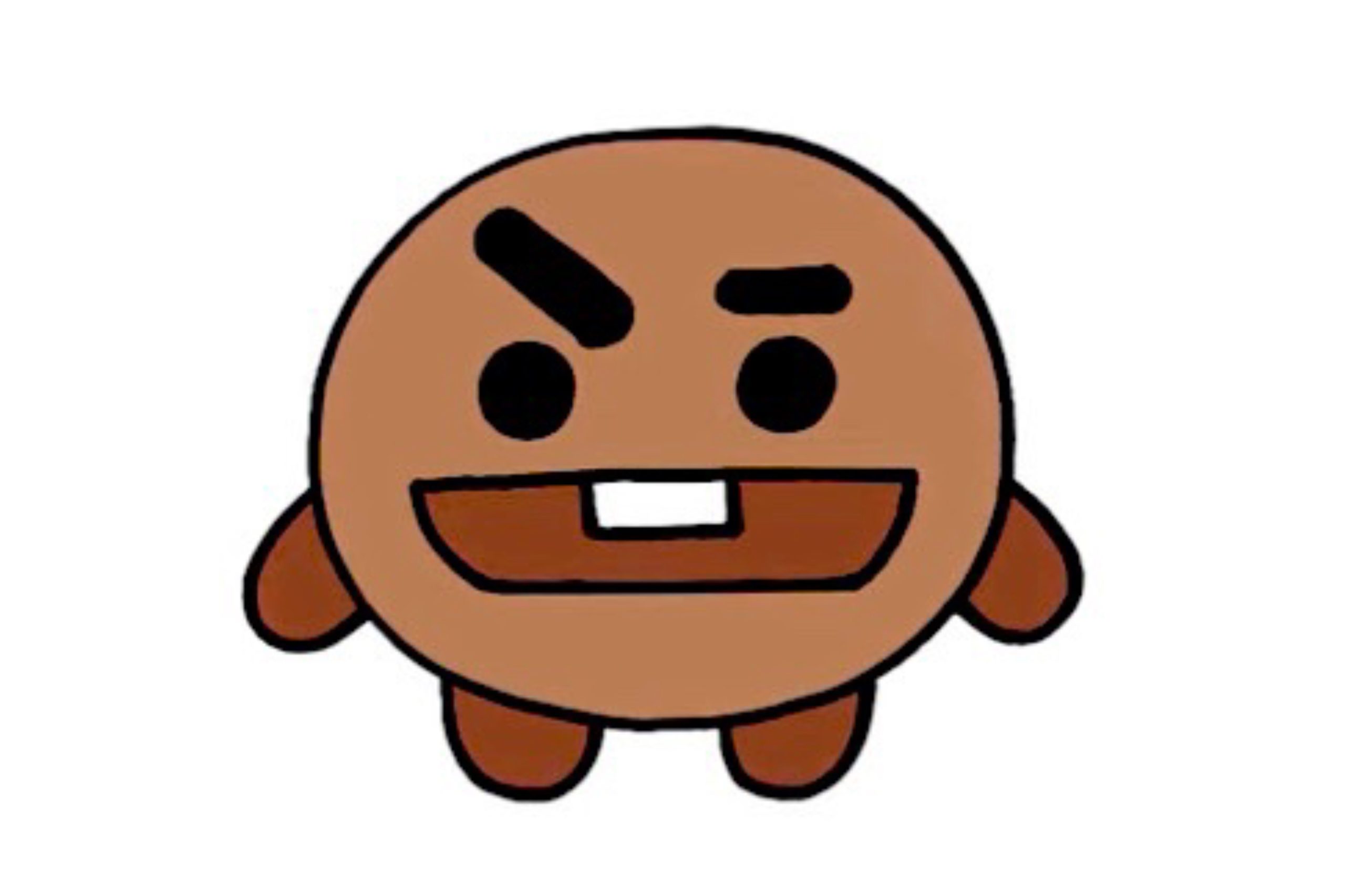Drawing without an outline is like writing an essay without an outline. Today Jorz.art’s post will give you some quick notes on outlining in drawing.
I. Introduction
1. Outlining in drawing
The line that encircles an image in a drawing is called an outline. It provides a sense of the form or shape of the image that the viewer is looking at. Outlining in drawing can be completed with a pencil, pen, or other appropriate tool.

A successful drawing frequently requires the use of an outline. An outline can serve as the basis for more intricate drawings.
2. Importance of outlining in drawing
We never say that creating an exact outline is an easy task. However, it is important to take your time and make outlines with care. Thanks to a careful outline, you will proceed with a better drawing. Moreover, you can save a lot of time by making a solid outline.
3. Types of outlines
Art is a world of countless creative possibilities. Likewise, there are different types of outlines in art for you to choose from.
A basic component of drawing are lines. The four most common types of lines are contour, gesture, blind, and construction lines. Different kinds of lines can be utilized to achieve various effects.
Contour outline in drawing
Contour lines are the most fundamental kind of line. They are used to define an object’s edge. Their thickness varies, and they can be fragmented or continuous.

Broken contour lines might imply texture or movement.

Whereas, continuous contour lines produce a smooth, flowing look.
Gesture outline in drawing
Figure drawings frequently employ gesture lines to convey energy and movement. Usually, they are swift, flowing strokes that depict the gestures of the subject. Before adding details, an artist maps the movement of the figure using gesture lines.

With this type of outlining, the flexible movement of the object can be expressed.
Blind outline in drawing
Blind lines are utilized for shading because they use gentle touch. Blind lines come in different thicknesses and can be either continuous or interrupted. While broken blind lines can be used to add texture, continuous blind lines produce a tone that is even and smooth.
Related topic: Stippling Techniques And Recommendation To Advance Your Art
Construction outline in drawing
Before adding any details, the positioning of items is mapped out using construction lines. They are typically created with a gentle touch. Before drawing, painters might use construction lines to help them obtain the ideal composition.

Construction outline is easily removed.
II. Techniques for Creating Effective Outlines
1. Express the light direction
Using an outline can help you convey lighting conditions. A darker outline on one side and a lighter outline on the other might be used to indicate that an object receives light from the side. This simple technique might aid in giving your drawing more depth and dimension. It will also help a beginner when setting the tone or ambiance.
2. Add depths
By using an outline, you can mark your decision about depth and dimension. Drawing an object as a flat shape is not always as effective as suggesting its three-dimensional form through the use of an outline. This technique is beneficial when drawing objects like buildings or landscape scenes.

3. Pay attention to detail
An outline might help you draw attention to specific details in your work. It can aid in establishing the viewer’s attention to the drawing’s most important element.

To highlight a specific portion of our image, you can use a stronger or darker outline.
III. Materials for outlines in art
1. Pencils
Pencils are the most common tool for outlines in art. Your preference and the desired level of detail will determine the kind of pencil you choose.
For a more accurate and thorough outline, use a mechanical pencil or a fine-point pen. With the help of the fine tips on these pencils, you can draw more precisely.

2. Pens
Pens can also be used to draw simple outline drawings. Pens with fine tips help you draw lines that are more exact. There are different pens with distinctive features, so you can select the one that best meets your requirements. Before you begin drawing an outline, make sure you test the pen on some scrap paper.

3. Charcoal
Charcoal is a fun material for creating stunning outlines. Using charcoal forces you to view your outlines in a new way. You are forced to concentrate more on light and dark tones due to the limited color pallet. You will be able to outline more effectively overall as a result of this.

Next time, try using charcoal when you outline your drawings.
IV. Application of Outlining in Different Drawing Styles
The use of outlines is common in different drawing styles. They are useful in the art and design fields. Every artist understands the importance of trying new outline drawing ideas. You should learn from different outline ideas to improve your own skills.

Outlining allows artists to brainstorm various conditions for a character.

What will happen when we construct without outlining first?

Outlines also help us create multiple emotions for a character.
V. FAQs
1. What are the elements of a good outline in art?
A well-drawn outline is exact and accurate. It should be simple to follow. We advise that your outline should catch all the important features of the picture. We find that a clean and smudge-free outline drawing is another good quality.
2. What are the benefits of outline in art?
It can be appealing to just start drawing without outlining. Instead, you better spend a little time beforehand. You can save a ton of time during the drawing process. An outline helps us organize our composition. With an outline, we can prioritize the most crucial information in our drawing. In short, an outline works like a roadmap.
3. Is an outline similar to a sketch?
An outline for drawing is more exact and accurate. A sketch can not be as accurate as an outline drawing. A sketch can be completed quickly. A sketch is a looser and more expressive drawing. Choosing an outline or sketch depends on your purpose. We recommend you take your time. Thanks to your patient practice, you will save time and produce a high-quality photo.
When making a drawing, outlines are always useful. They set the fundamental dimensions and forms of a drawing. They also aid in creating depth and dimension. Additionally, outlines can draw attention to specific features. To create additional effects in your artwork, you can utilize different outline techniques. You can become good at using outlines in drawing after enough practice and experiments. That is Jorz.art recommendation for the first step in producing creative art. From our long experience in art, outlines in drawing are not difficult for you to try. So, grab your materials and start outlining your creative ideas!
Drawing without an outline is like writing an essay without an outline. Today Jorz.art’s post will give you some quick… View More
